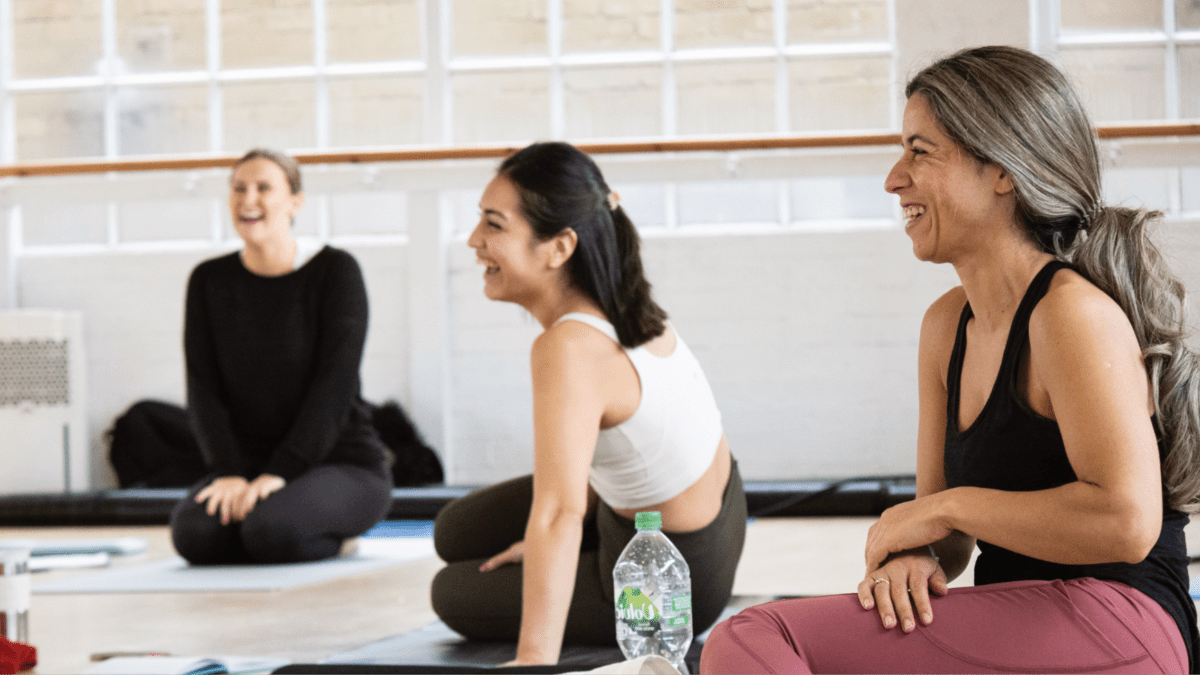
10 Core Principles of Pilates
The first step into the wonderful world of Pilates, and every step that follows, should be filled with awareness. Be present in the movement with mind and body.

The first step into the wonderful world of Pilates, and every step that follows, should be filled with awareness. Be present in the movement with mind and body.
Author of bestseller Pilates, Rael Isacowitz, has put together 10 movement principles which provide a foundation to Pilates practice. Rael has formed these principles following years of personal experience in the work and writings of Joseph Pilates.
The first step into the wonderful world of Pilates, and every step that follows, should be filled with awareness. Be present in the movement with mind and body.
No one can address the process of realigning the body without awareness of its structure and how it moves. Over time we become accustomed to misalignments, and the less aware a person is, the more severe these misalignments become until an off-centre body part feels centred or a bent limb feels straight. Bringing awareness to the body and the intricacies of movement establishes a foundation for change.
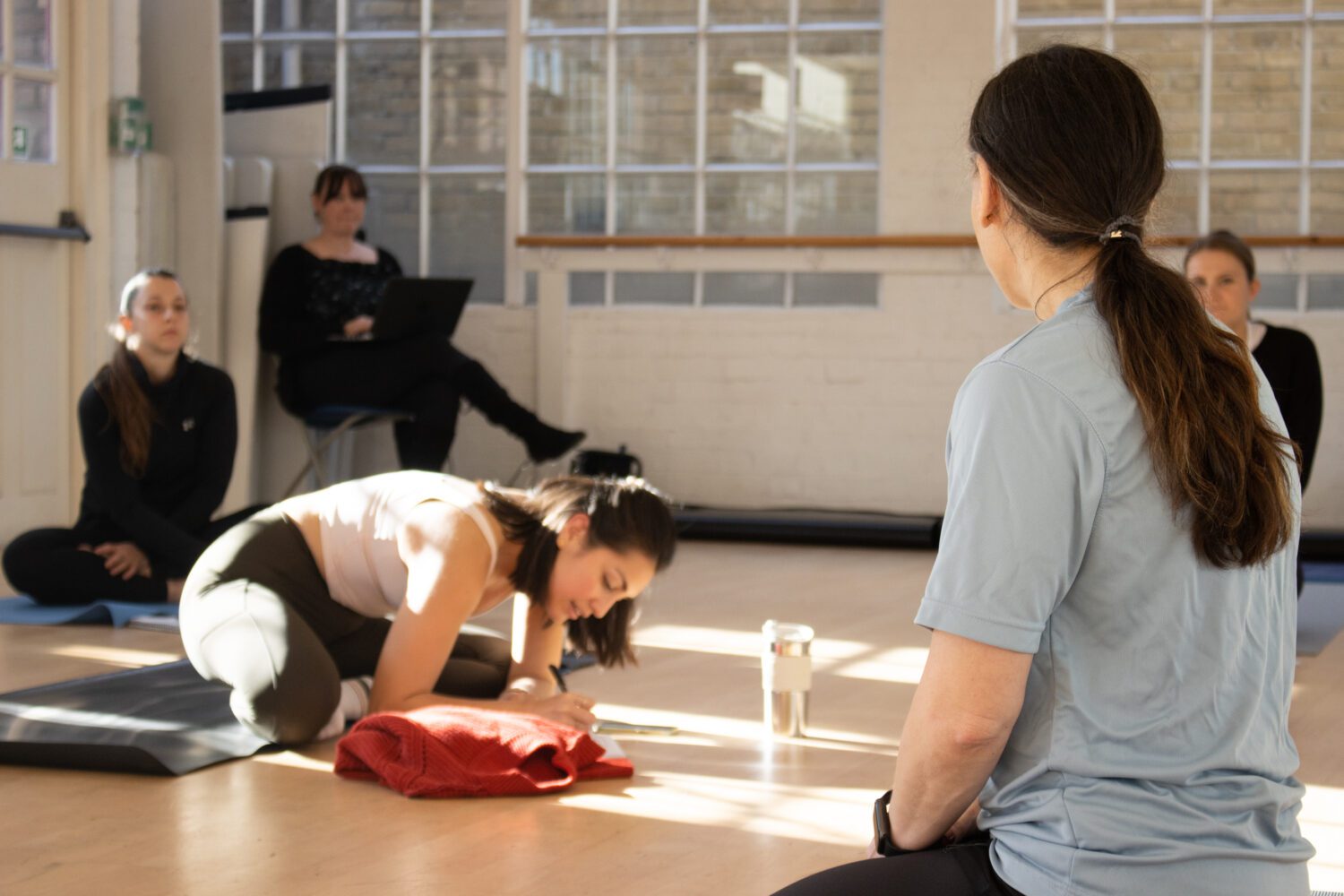
The term balance can mean many things. It can relate to components of fitness such as strength and flexibility, to the act of standing on one leg, or to the symmetry of the body. It can also describe a well-designed Pilates program, in which the exercises are proportionately distributed to work the different parts of the body in a session. The word balance may also refer to the well-being of the whole individual: a balance of body, mind, and spirit. You should strive to achieve balance in every sense of the word and make it an integral part of your Pilates practice.
Breathing is synonymous with life and with movement. It is the all-encompassing link between body, mind, and spirit.
Breathing is the inner shower that cleanses the body, guides the mind, and rejuvenates the spirit; it promotes natural movement and is the first step to educating the neuromuscular system. Breathing is also a vehicle for the achievement of an inner focus and an inner rhythm, a path to relaxing the mind and calming the spirit. It is the engine that drives all movement, and it lies at the heart of the Pilates method.
Certain muscle groups are recruited during the breath cycle to assist in respiration and therefore should be considered when determining a breathing pattern for a given exercise. For instance, it is theorised that exhaling during abdominal work maximises abdominal recruitment because of the known participation of these muscles in exhalation. Conversely, it is theorised that because the trunk extensors assist in inhalation, inhaling during trunk extension maximises their recruitment.
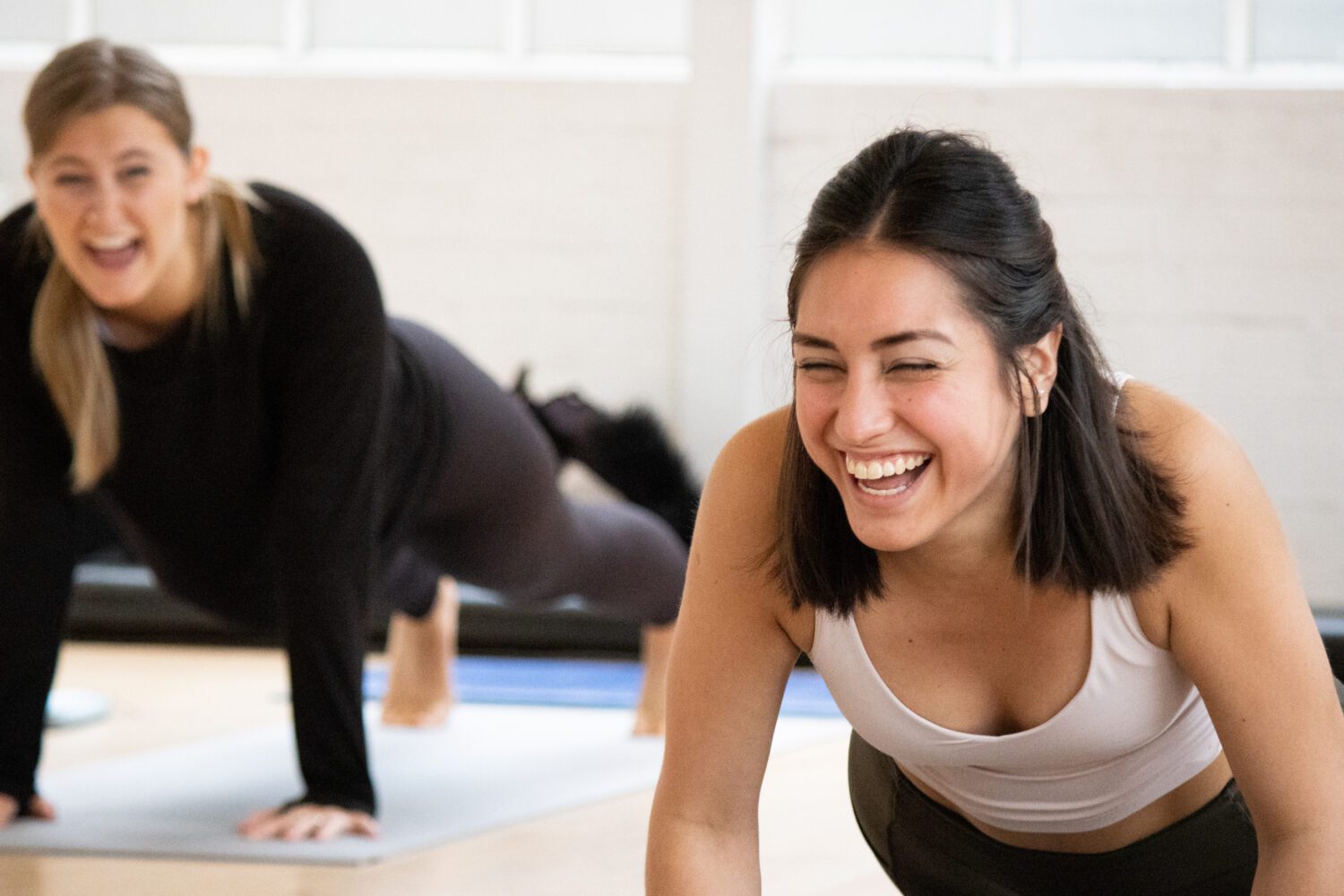
Simply by concentrating on a particular muscle prior to the action, you can activate it more accurately and intensely than if you do not think about it. Concentrating on your body alignment will help you recruit the correct muscles and avoid unnecessary strain on the body. Concentrating on the breath pattern will help you maintain a good rhythm for the movement and keep your mind focused. However, keep in mind that concentration can be so intense that it may morph into tension. This can lead to a tightening of the musculature, a restriction in breathing, and halting movements rather than flowing ones.
Centring yourself can be defined in purely physical terms—finding where your centre of gravity lies. Differences in anatomy result in different weight distribution—men tend to be top-heavy and women tend to carry their weight in the pelvic region—so discovering and experiencing your body’s centre of gravity is important. It affects each exercise you do. In Pilates, centring yourself means more than finding your centre of gravity; it means uniting body, mind, and spirit.
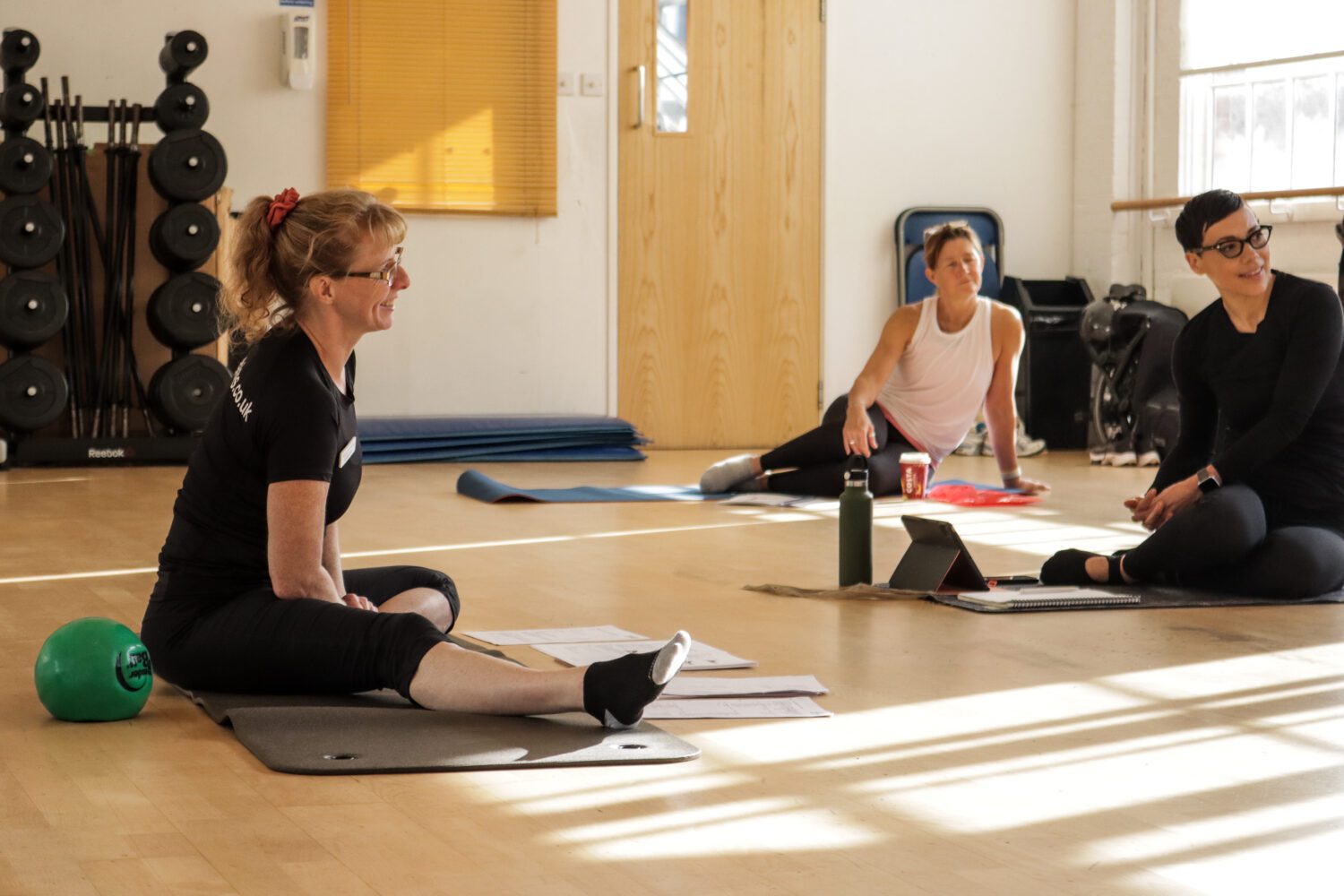
Gaining control is an amalgamation of all the preceding principles. When watching people move, particularly during complex movements, it is immediately evident whether they have a high level of control—or lack control.
Initially, achieving control of movement is a conscious process. It occurs through practice, practice, and more practice. Ideally, a teacher who has achieved control should guide you in this process.
We focus the work where it is needed, exerting the required amount of energy, no more and no less. The rest of the body remains calm and relaxed. The rest of the body remains calm and relaxed.
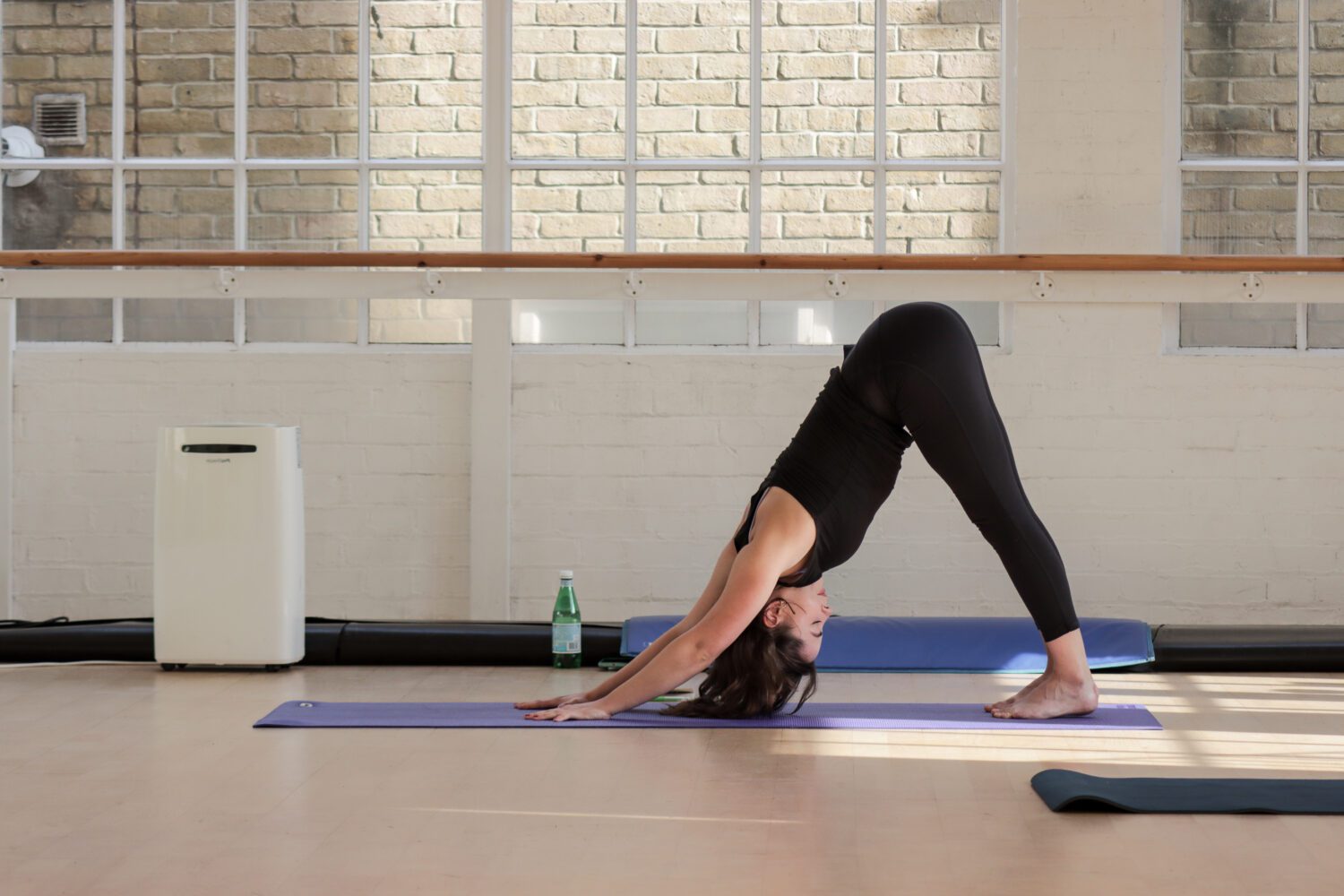
Flow manifests itself both physically and mentally. It is present within each movement as well as within the Pilates session as a whole. Flow can be described as the unobstructed channelling and translation of energy into movement. It is also the seamless connection of one movement to the next, creating what appears to be a continuous stream of motion.
Flow can be understood physiologically as the immaculate timing of muscle recruitment and movement through the joints. In each movement, there is an optimum sequence in which the muscles should be activated, called a muscle-recruitment pattern or muscle-firing pattern. When muscle recruitment is timed down to the millisecond and combined with the inner rhythm of unobstructed breath and full immersion of the mind, the result is flow.
Without precision, Pilates becomes almost meaningless. This is a mindful process that takes us back to the first movement principle, awareness, followed by concentration and control.
Precision requires complete integration of the body’s musculature, which may then be followed by the isolation of certain muscles or muscle groups. You will feel the work more profoundly when you perform every movement with precision down to the finest detail. Precision is the basis of the corrective approach to working the body.
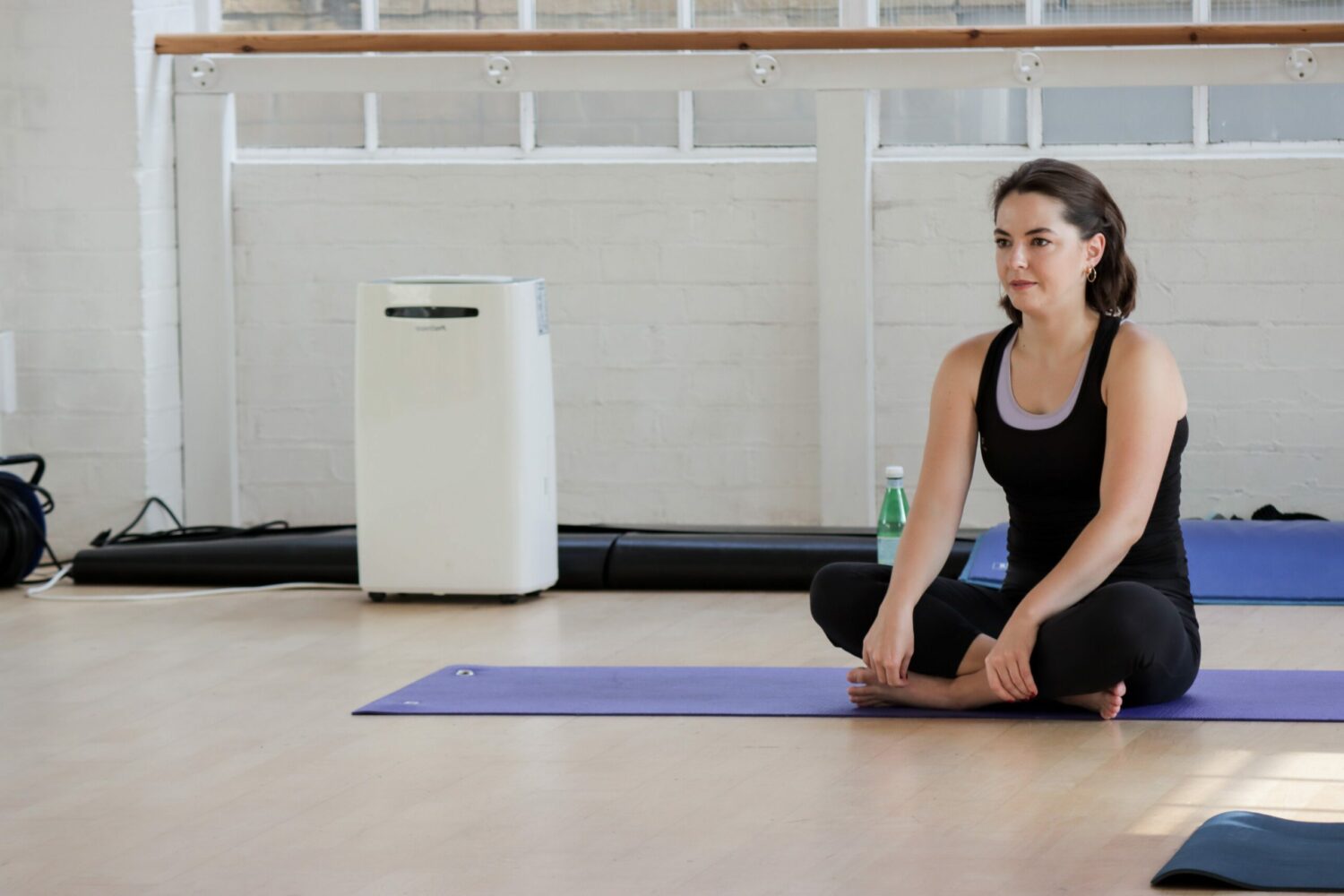
Harmony is the whole, the culmination of all the preceding principles—efficient movement coupled with flow and precision. It is the ultimate reward for commitment and hard work. Harmony means walking out of a session and feeling completely rejuvenated, being aware of each muscle, and sensing the depth of each breath. It means being focused, centred, and in control. To feel all of these qualities is to be in harmony with oneself and with the environment.
The principles described, individually and together, offer a path to harnessing your potential. However, the movements in Pilates, as beautiful and wonderful as they are, are only movements. The underlying principles and philosophy are what make them unique and able to transform lives.
Learn more in the latest edition of Rael Isacowitz’s Pilates. Future Fit Members can get 20% off with their Human Kinetics discount code.
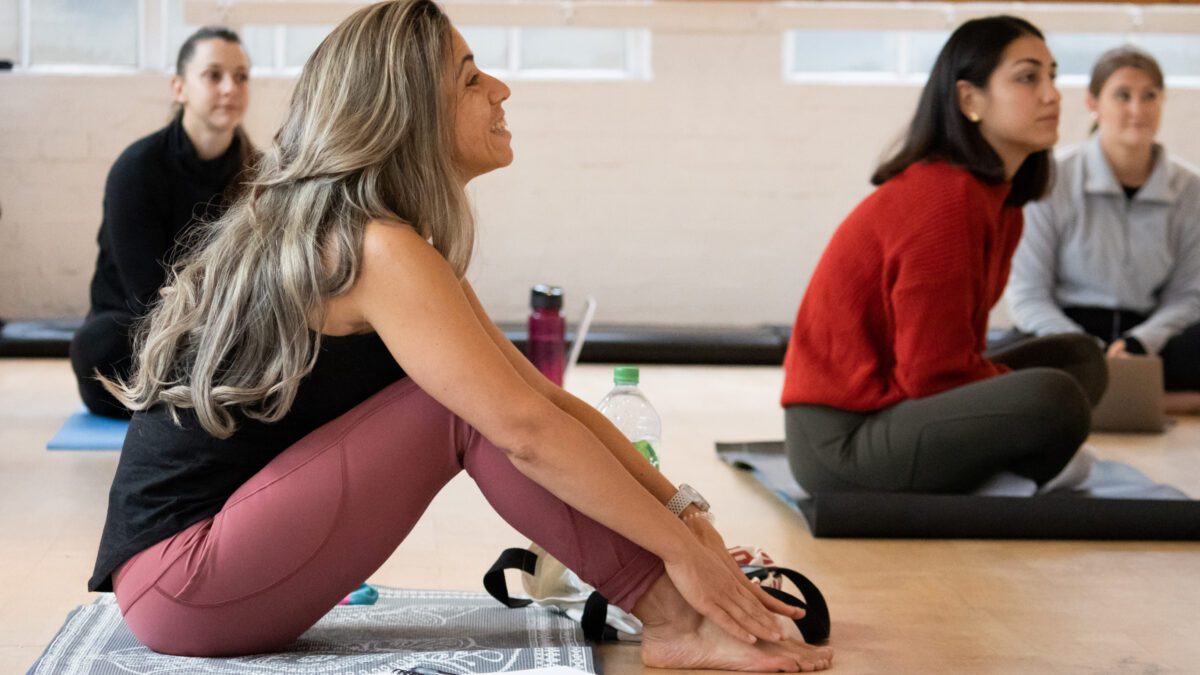
Discover our range of Pilates Courses & learn from industry experts.